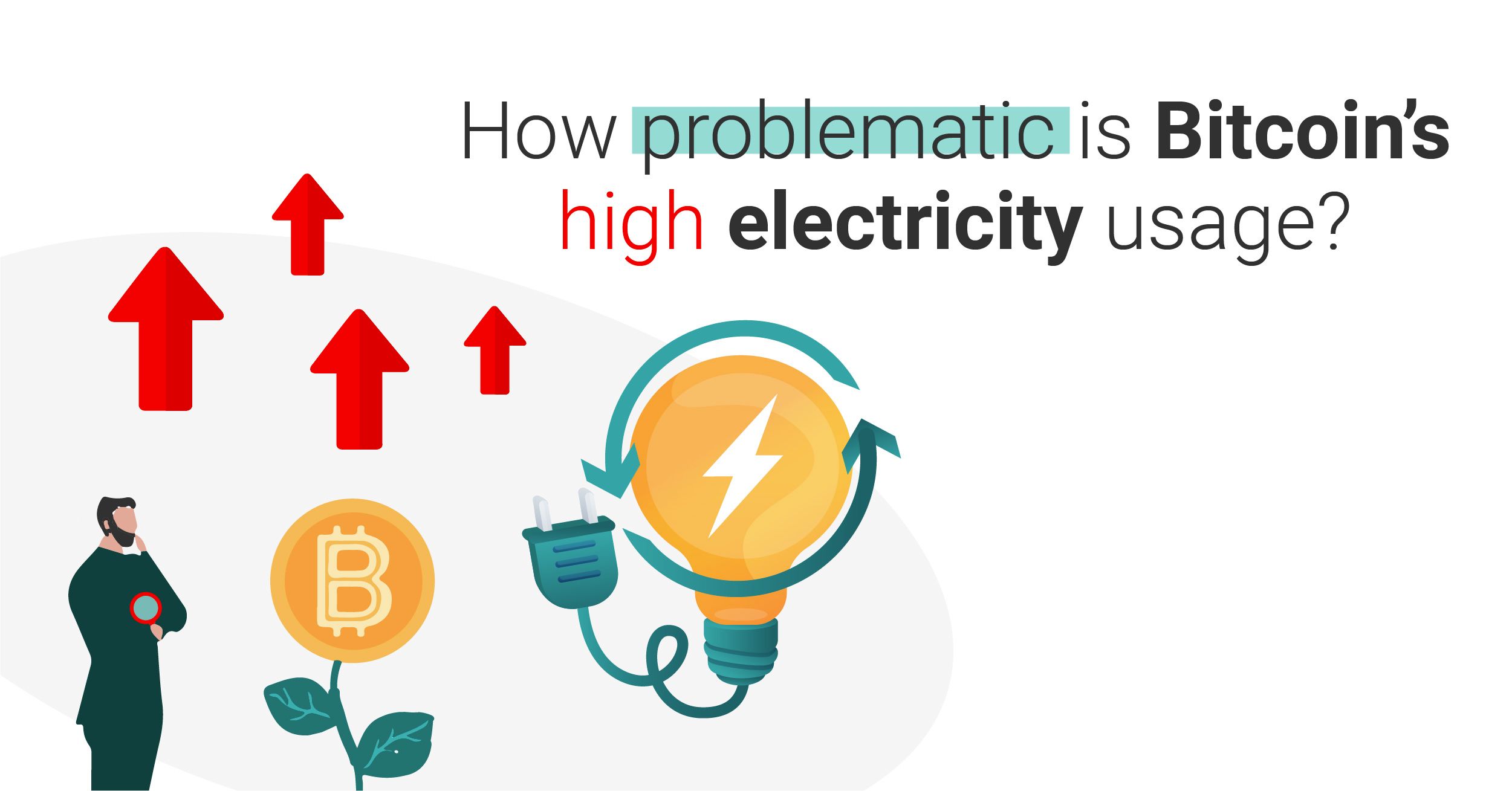
How problematic is Bitcoin’s high electricity usage?
Bitcoin energy usage statistics 2021
Bitcoin’s potentially disastrous environmental impact, due to its current extremely high electricity usage, has brought the original darling of the cryptocurrency market under heavy fire. Bitcoin, it’s become clear, is no green coin.
According to recently released statistics from the reputable Cambridge Bitcoin Electricity Consumption Index (CBECI), Bitcoin mining currently uses electric energy equivalent to that of Egypt every year. This is a whopping average of 133.68 TeraWatt hours of electricity per annum -- not the most planet-friendly of options!
The rise of green cryptocurrencies in 2021
While efforts are being made to lower Bitcoin’s shocking carbon footprint, big-name investors, including Tesla, have taken a step back, officially distancing themselves from the cryptocurrency. Tesla CEO, Elon Musk, announced in May that the company will no longer be accepting payment in Bitcoin as before. Tesla has also placed its own rather large Bitcoin investment on hold until energy consumption is significantly reduced. Environmentally conscious investors, in search of so-called ‘green crypto,” now have their spadework cut out for them. With as many as 4, 500 mineable coins currently in trade, where does one even begin exploring the best sustainable cryptocurrency options?
Digital currencies with a small carbon footprint
Names to watch in the green crypto sector
Names that have come up in the green coin trade of late include Hedera Hashgraph, Bitgreen, Solar Coin, Ripple, Tron, and Stellar. There are many others that are also eliciting interest from investors.
The market for green crypto is clearly growing and diversifying every day. The best advice is to investigate methodically and choose wisely. Be sure to hedge your bets when it comes to green crypto investment, and stay on the wires!
What about the energy use of traditional banking?
A recent report released by cryptocurrency firm, Galaxy Digital, indicates clearly that the traditional banking sector consumes over 260 TerraWatt hours each year, more than twice Bitcoin’s annual electricity usage. While the report acknowledges the difficulty and complexity of quantifying the banking sector’s energy consumption, the data looked at the electric running costs for card networks, ATMs, bank branches, and data centers and found the results telling.
So, while Bitcoin needs to green up, it’s not the only financial player that does. The problem of trading currency in a sustainable way, it appears, goes deeper than we realize.
Read more on Bitcoin vs traditional banking’s energy consumption here.
Are you a cryptocurrency investor? If so, how important are environmental sustainability and a low carbon footprint to you? Tell us in the comments section below.
Sign up to our free Bitcoin Essentials weekly newsletter, curated by the sectors most trusted experts: https://essentials.news/money/bitcoin/my-essentials